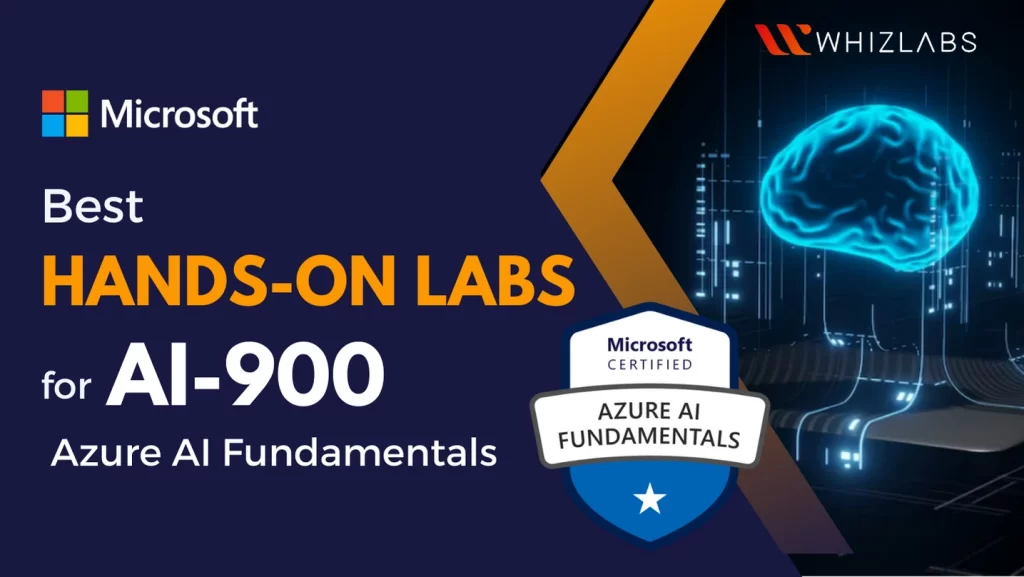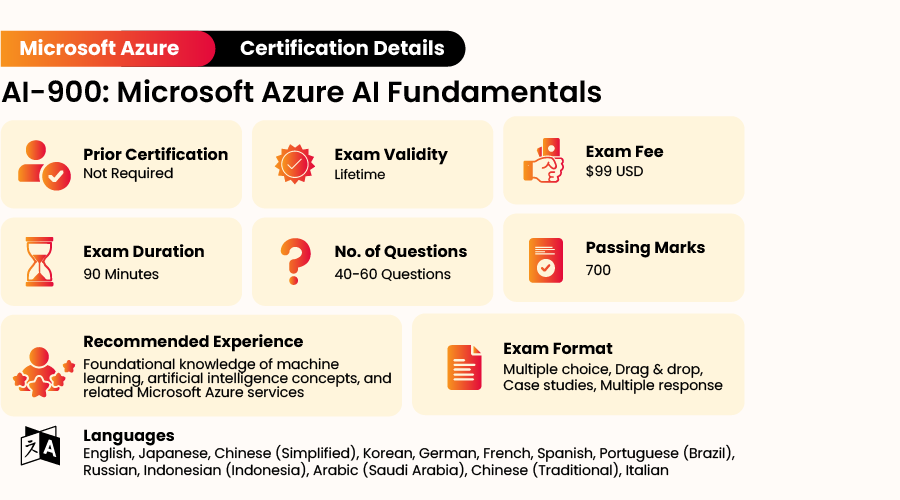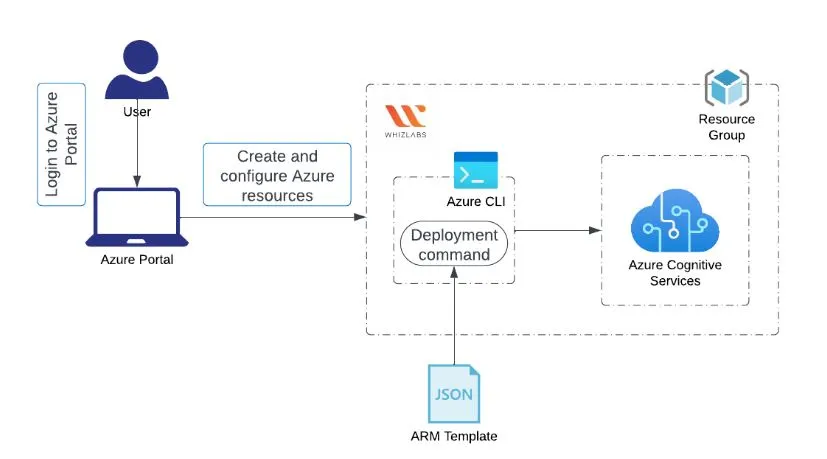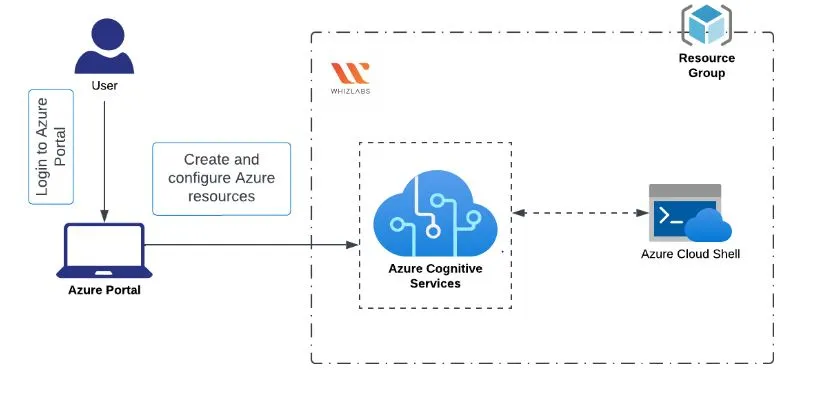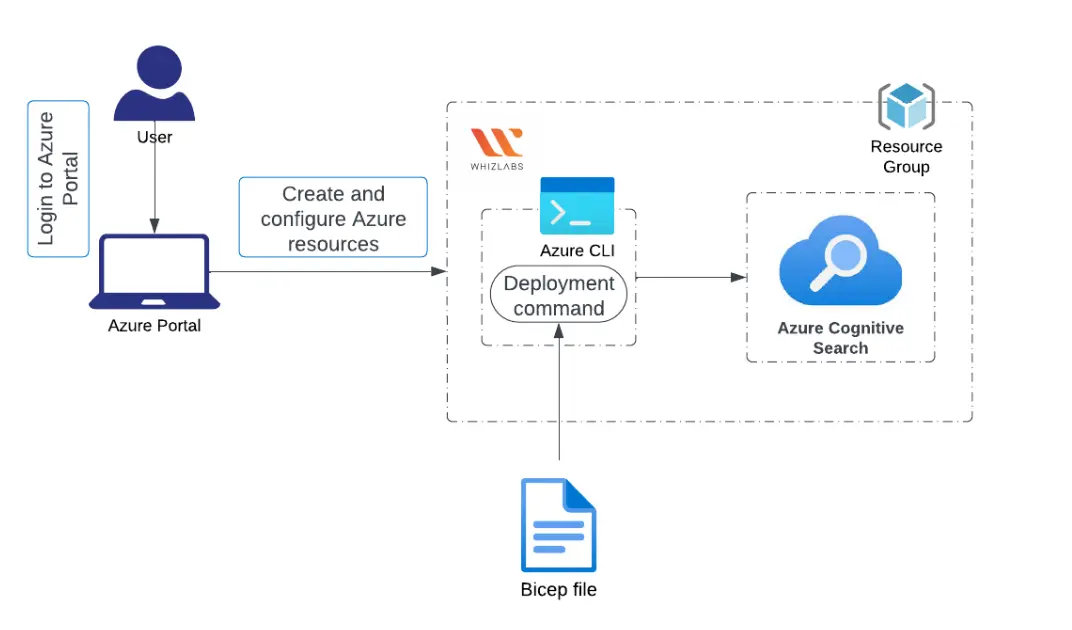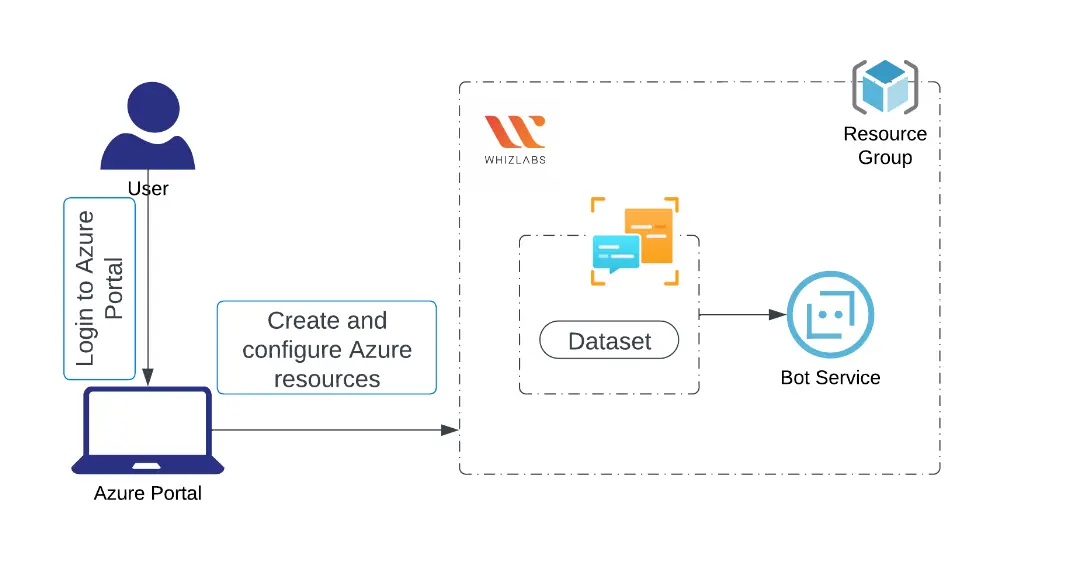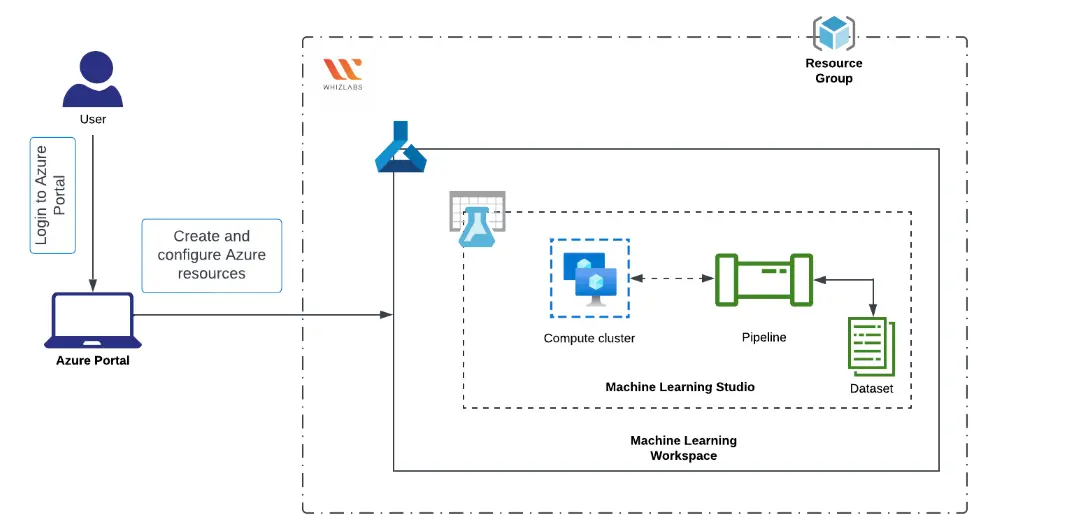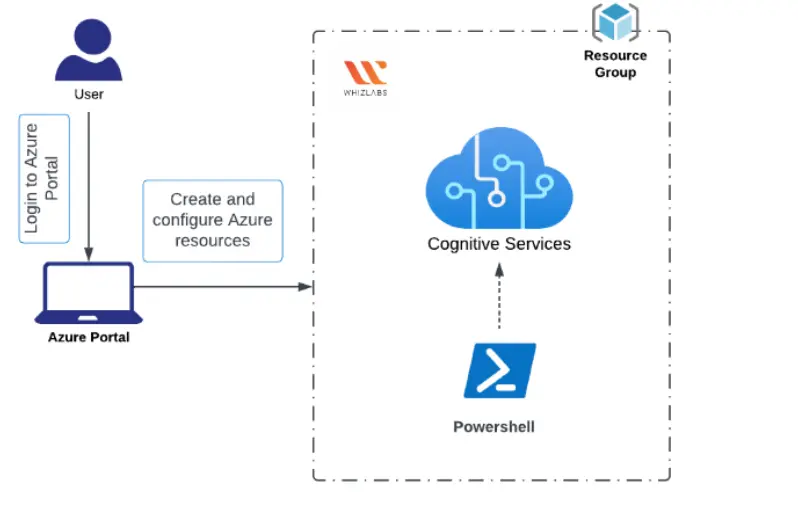AI-900: Microsoft Azure Fundamentals is an essential certification offered by Microsoft, designed to equip learners with the fundamental knowledge and skills required to explore the potential of AI on the Azure platform. While theoretical understanding is essential, hands-on experience is invaluable in truly grasping the concepts and gaining practical expertise.
To ensure you make the most of your learning journey, we have compiled a list of the best hands on labs for AI-900: Microsoft Azure Fundamentals. These labs will enable you to put theory into practice, helping you deepen your understanding and develop proficiency in applying AI technologies in Azure.
In this article, we will highlight a selection of hands-on labs that cover key topics related to AI-900: Microsoft Azure Fundamentals. Whether you are a beginner eager to explore the foundations of AI or an IT professional looking to enhance your Azure skills, these labs will provide you with an immersive and interactive learning experience.
All about AI-900: Microsoft Azure Fundamentals Certification
AI 900 certification is a beginner-level certification for data scientists and it can help to become familiar with AI and Machine Learning concepts. Also, it also makes an individual get certified for using Azure services relevant to ML and AI. In addition, the AI 900: Microsoft Azure AI Fundamentals certification exam can also be used as an effective way for demonstrating key skills and understanding of ML and AI workloads.
Exam Format Image for AI-900: Microsoft Azure Fundamentals Certification
Pre-requisites for taking AI-900: Microsoft Azure AI Fundamentals certification
While making a journey into the world of artificial intelligence (AI) and cloud computing is an exciting prospect. To make the most of your exploration and maximize your understanding of AI-900: Microsoft Azure AI Fundamentals, Microsoft suggests a set of recommended skills that will help you navigate the concepts and principles more smoothly.
While these skills are not mandatory prerequisites, acquiring them beforehand can enhance your learning experience and enable you to grasp the concepts more effectively.
- General programming knowledge
- Basic working experience with Azure
Top 15 Hands-on Labs for AI-900: Microsoft Azure Fundamentals
In the pursuit of mastering AI-900: Microsoft Azure Fundamentals, hands-on labs are an indispensable tool to solidify your knowledge and gain practical experience. These labs offer an immersive and interactive learning environment where you can apply theoretical concepts to real-world scenarios, deepening your understanding of AI on the Azure platform.
From creating intelligent chatbots to exploring computer vision and predictive analytics, these labs cover a wide range of AI topics, providing you with the opportunity to sharpen your skills and become proficient in leveraging Azure’s AI capabilities.
Here are some top hands-on labs to makes you prepare for AI-900: Microsoft Azure Fundamentals certification are:
In this hands-on lab, you walk through the process of creating a Cognitive Services resource using an Azure Resource Manager (ARM) template.
To do so, the following tasks will be carried out such as:
- Need to sign in to Azure Portal
- Then you need to navigate the ARM template
- Followed by the deployment of the ARM template
- Verification of deployment
Throughout this lab, you will learn how to provision an Ubuntu DSVM using the flexibility and scalability of ARM templates.
To create Ubuntu data science virtual machine, the following tasks are carried out:
- Have to sign in to Azure Portal
- Navigate the ARM template
- Followed by the deployment of the ARM template
- Verification of deployment
Through this lab exercise, you will gain practical experience in leveraging the Computer Vision service to extract valuable insights from images with the usage of simple command-line applications.
To navigate computer vision, you have to stick to the following steps:
- Register via Azure Portal.
- Building Cognitive Services resources
- Executing Cloud Shell
- Setup and run a client application
In this lab, you will have the opportunity to leverage the power of Bicep to deploy an Azure Cognitive Search resource, enabling you to harness the search capabilities in your applications.
Some of the tasks performed in this lab such as:
- Need to sign in to Azure Portal
- Then you need to navigate the ARM template
- Followed by the deployment of the ARM template
- Verification of deployment
In this hands-on lab, we will guide you through the process of creating, training, and publishing a bot capable of answering user queries via various interfaces such as a website chat window, email, or voice interface.
Tasks involved such:
- Signing in to Azure Portal
- Creation of a customized knowledge-based question and answering
- Addition of question-and-answer sets to the knowledge base
- Training and testing the knowledge base
- Creation of a bot for a knowledge base
In this lab, you will have the opportunity to explore the Form Recognizer service by utilizing a command-line application. Through this exercise, you will gain practical experience in leveraging the Form Recognizer service to extract valuable data from forms. Let’s dive in and uncover the potential of the Form Recognizer service in this interactive lab.
And tasks involved in these hands-on labs such as:
- Signing in to Azure Portal
- Cognitive Services resource creation
- Running Cloud Shell
- Configuring and running a client application
In this hands-on lab, you will learn how to append the data into the pipeline in the Microsoft Azure Machine Learning Studio.
The tasks that can be performed in these hands-on labs such as:
- Signing in to Azure Portal
- Workspace creation
- Compute cluster formation
- Creation of pipeline in Designer
- Creation of dataset
- Loading the data
In this lab, you will explore the Read API by using a command-line application. Through this exercise, you will gain practical experience in utilizing the Read API to extract valuable text and data from images.
Tasks performed in this lab include:
- Signing in to Azure Portal
- Creation of Computer Vision resource
- Running Cloud Shell
- Configuring and running the client application
In this lab, you will have the opportunity to explore the Face service by using a command-line application. And you will gain practical experience in utilizing the Face service to analyze and extract valuable insights from the facial data.
To successfully carry out the tasks in these hands-on labs, follow below steps:
- Visit the Azure Portal
- Select Face API resource
- Run the Cloud Shell
- Configuring and running a client application
In this lab, you will have the opportunity to explore the Custom Vision service and its object detection capabilities by using a command-line application. And you will know how to utilize the Custom Vision service to detect objects in images.
Tasks carried out in these hands-on labs such as:
- Login into Azure Portal
- Creation of Custom Vision project
- Adding and Tagging the images
- Training and testing a model
- Publishing the object detection model
- Running Cloud Shell
- Configuring and running applications of the client
In this lab, we will work with a dataset containing penguin measurements and species labels. You will learn how to preprocess the data, create a clustering model, and evaluate its performance.
By the end of this lab, you will have gained practical experience in building a clustering model that can identify penguin species based on their attributes.
In this lab, the following steps will be made:
- Access Azure Portal
- Creation of Azure Machine Learning workspace
- Creation of computing cluster
- Building pipeline in designer
- Dataset creation from the web files
- Loading the data to Canvas and appending transformations to it
- Running the pipeline
- Transformed data
- Adding the training modules
- Running the training pipeline
- Adding and evaluating the Model module
- Creating inference pipeline
- Service deployment
- Testing the service
In this lab, you will have the opportunity to create a machine-learning workspace, which serves as the central hub for your machine-learning projects. Additionally, you will explore the Azure Machine Learning Studio designer, a visual interface that allows you to easily construct and execute machine learning pipelines.
Tasks included in this hands-on lab such as:
- Access to the Azure Portal
- Creation of workspace
- Creation of compute cluster
- Pipeline creation in Designer
In this lab, you will be introduced to the process of training a model using Azure Machine Learning Studio.
- Access Azure Portal
- Creation of Azure Machine Learning workspace
- Creation of computing cluster
- Building pipeline in designer
- Dataset creation from the web files
- Loading the data to Canvas and appending transformations to it
- Running the pipeline
- Transformed data
- Adding the training modules
- Running the training pipeline
This lab will teach you the process of evaluating, deploying, and testing a model within Azure Machine Learning Studio.
By following the instructions, you will gain hands-on experience in assessing model performance, deploying models for practical use, and conducting rigorous testing to ensure their effectiveness.
- Access Azure Portal
- Creation of Azure Machine Learning workspace
- Creation of computing cluster
- Building pipeline in designer
- Dataset creation from the web files
- Loading the data to Canvas and appending transformations to it
- Running the pipeline
- Transformed data
- Adding the training modules
- Running the training pipeline
- Adding and evaluating the Model module
- Creating inference pipeline
- Service deployment
- Testing the service
In this lab, you will explore and experiment with the text analytics capabilities offered by the Language service within Azure Cognitive Services.
By engaging in this lab, you will gain practical knowledge on how to test and leverage the various text analytics features provided by Azure Cognitive Services for tasks such as sentiment analysis, keyphrase extraction, and language detection.
Tasks performed in this lab such as:
- Login to Azure Portal
- Create a Cognitive Services resource
- Execute Cloud Shell
- Configuring and running the client application
In this lab, we will guide you through the process of creating a classification model that predicts the likelihood of a patient contracting diabetes. The model will be built using various factors or features related to the patient’s health.
By following the steps outlined in this lab, you will gain hands-on experience in constructing a predictive model for diabetes using machine learning techniques.
- Access Azure Portal
- Creation of Azure Machine Learning workspace
- Creation of computing cluster
- Building pipeline in designer
- Dataset creation from the web files
- Loading the data to Canvas and appending transformations to it
- Running the pipeline
- Transformed data
- Adding the training modules
- Running the training pipeline
- Adding and evaluating the Model module
- Creating inference pipeline
- Service deployment
- Testing the service
Conclusion
By participating in AI-900 hands-on labs, you will learn how to use Azure Cognitive Services to build intelligent applications, gain insights from data using Azure Machine Learning, and understand the fundamentals of AI ethics and responsible AI practices.
The hands-on labs provide step-by-step instructions, interactive exercises, and real-world scenarios to enhance your understanding and proficiency in leveraging AI technologies on the Azure platform.
Overall, the hands-on labs for AI-900: Microsoft Azure Fundamentals are a valuable resource for beginners or professionals who want to kickstart their journey into AI and gain a solid foundation in Azure AI services. Through practical exercises, you can develop the skills and knowledge necessary to leverage AI effectively and make informed decisions in your future AI projects on the Microsoft Azure platform.
If you have any comments or questions on this blog post, please contact us today!
- Top 20 Questions To Prepare For Certified Kubernetes Administrator Exam - August 16, 2024
- 10 AWS Services to Master for the AWS Developer Associate Exam - August 14, 2024
- Exam Tips for AWS Machine Learning Specialty Certification - August 7, 2024
- Best 15+ AWS Developer Associate hands-on labs in 2024 - July 24, 2024
- Containers vs Virtual Machines: Differences You Should Know - June 24, 2024
- Databricks Launched World’s Most Capable Large Language Model (LLM) - April 26, 2024
- What are the storage options available in Microsoft Azure? - March 14, 2024
- User’s Guide to Getting Started with Google Kubernetes Engine - March 1, 2024

